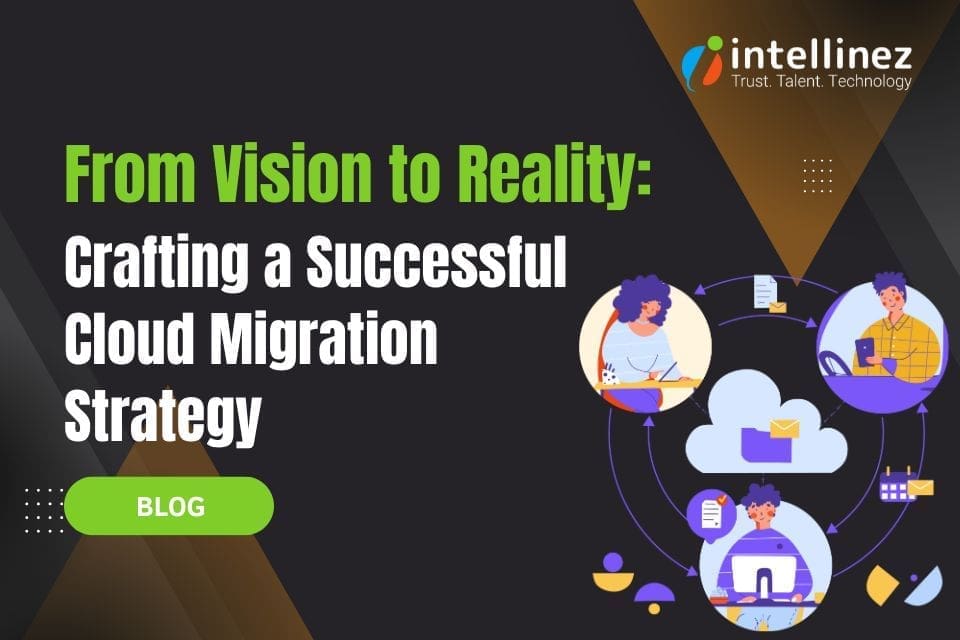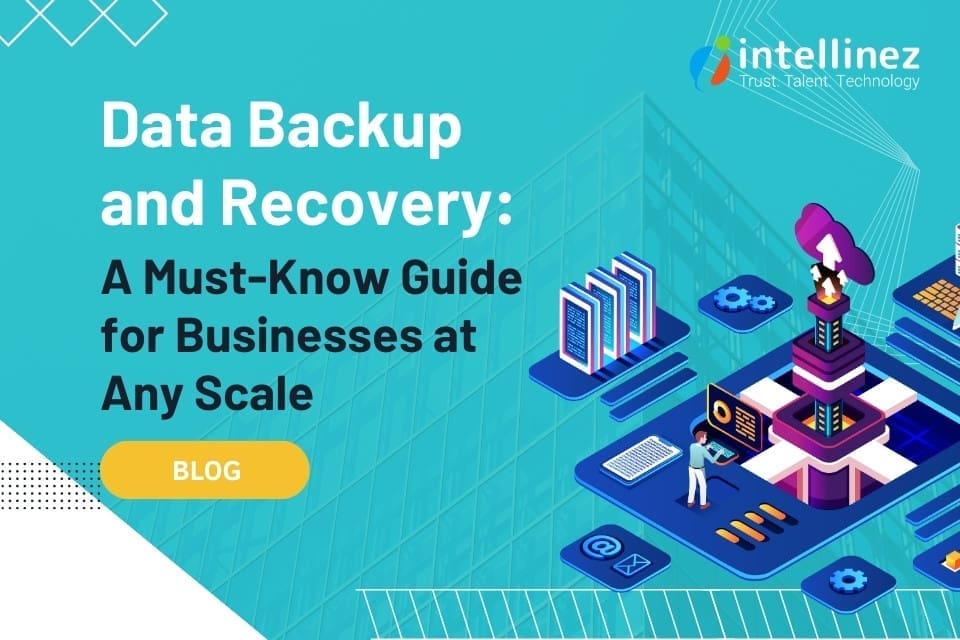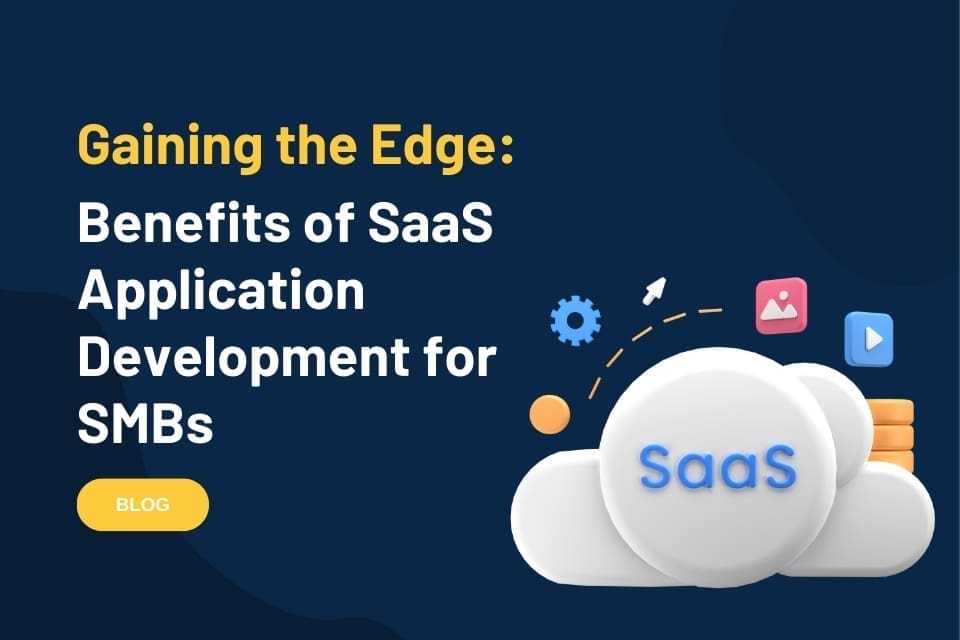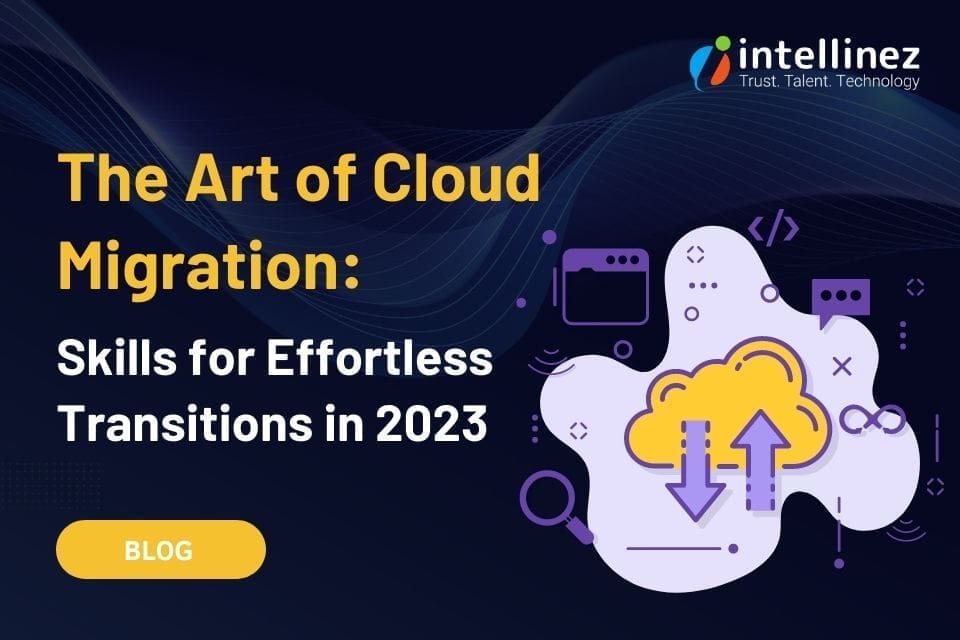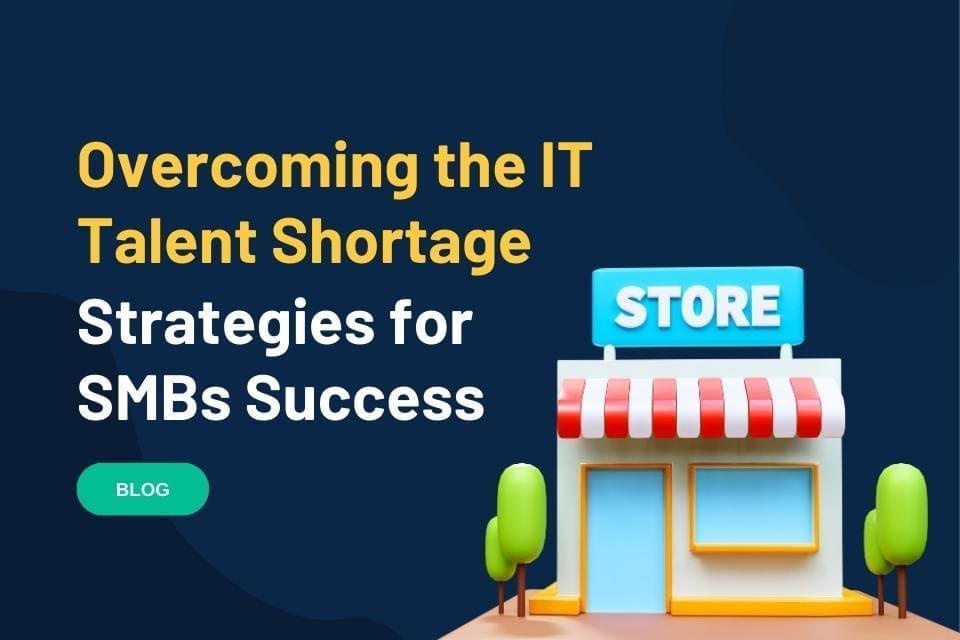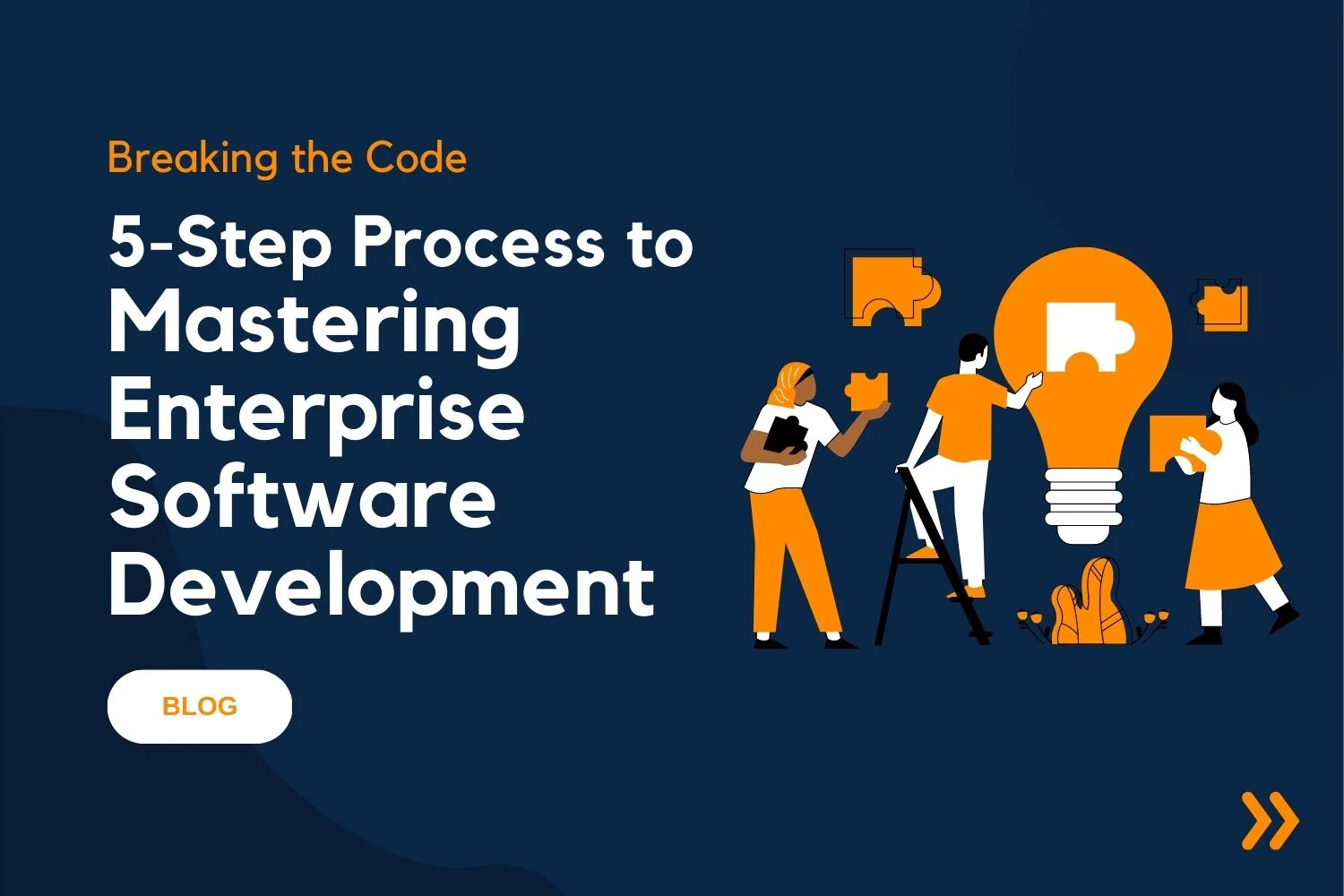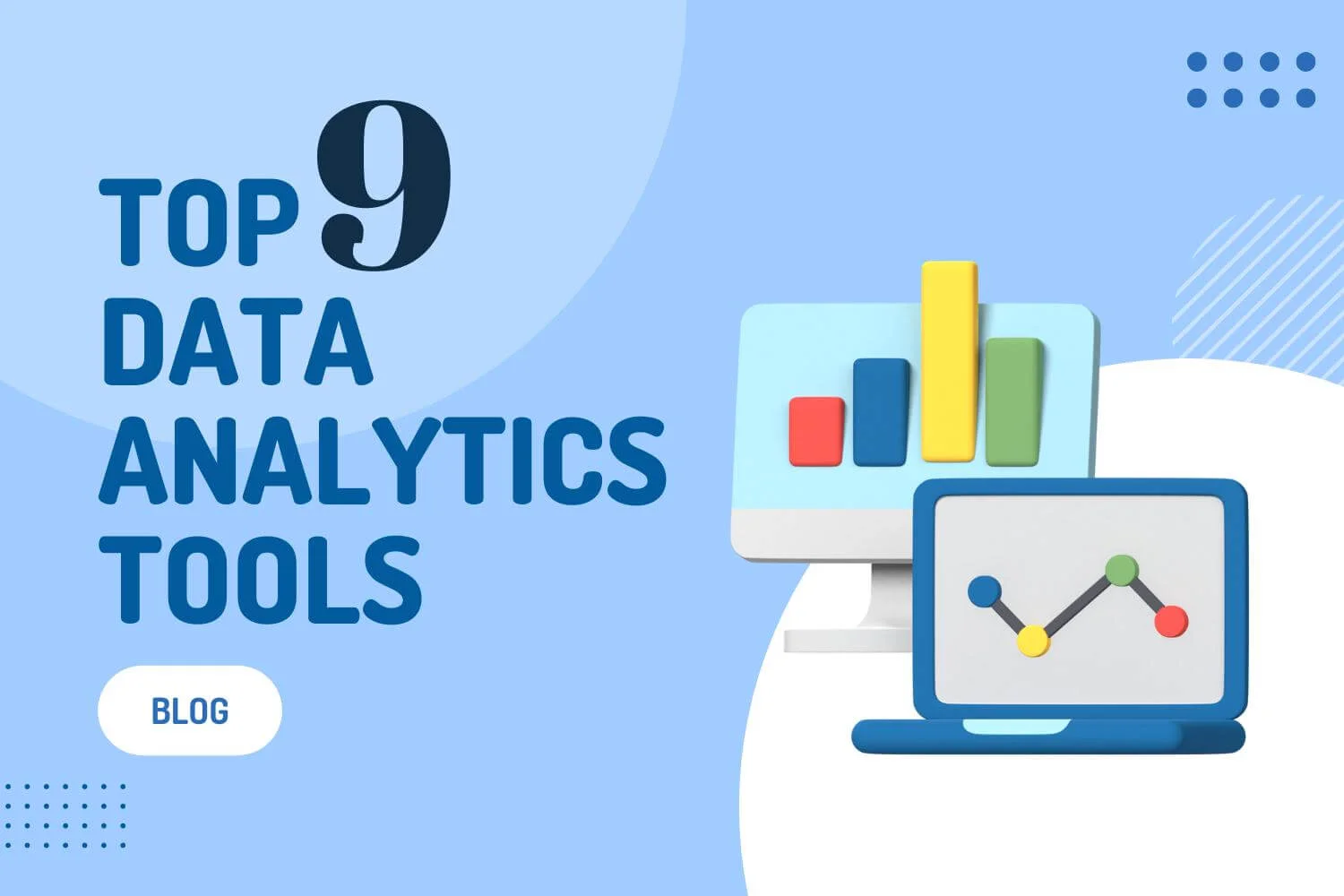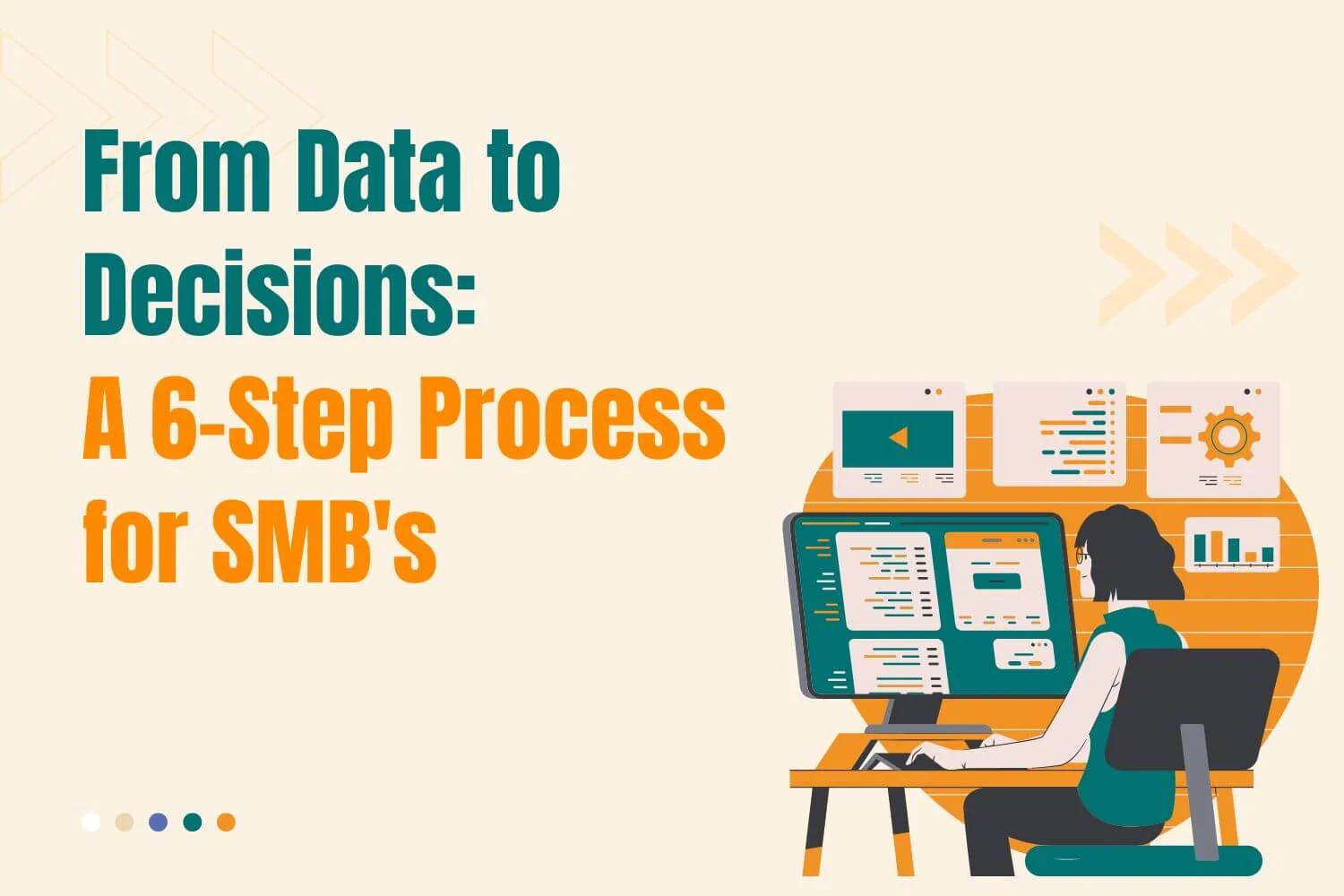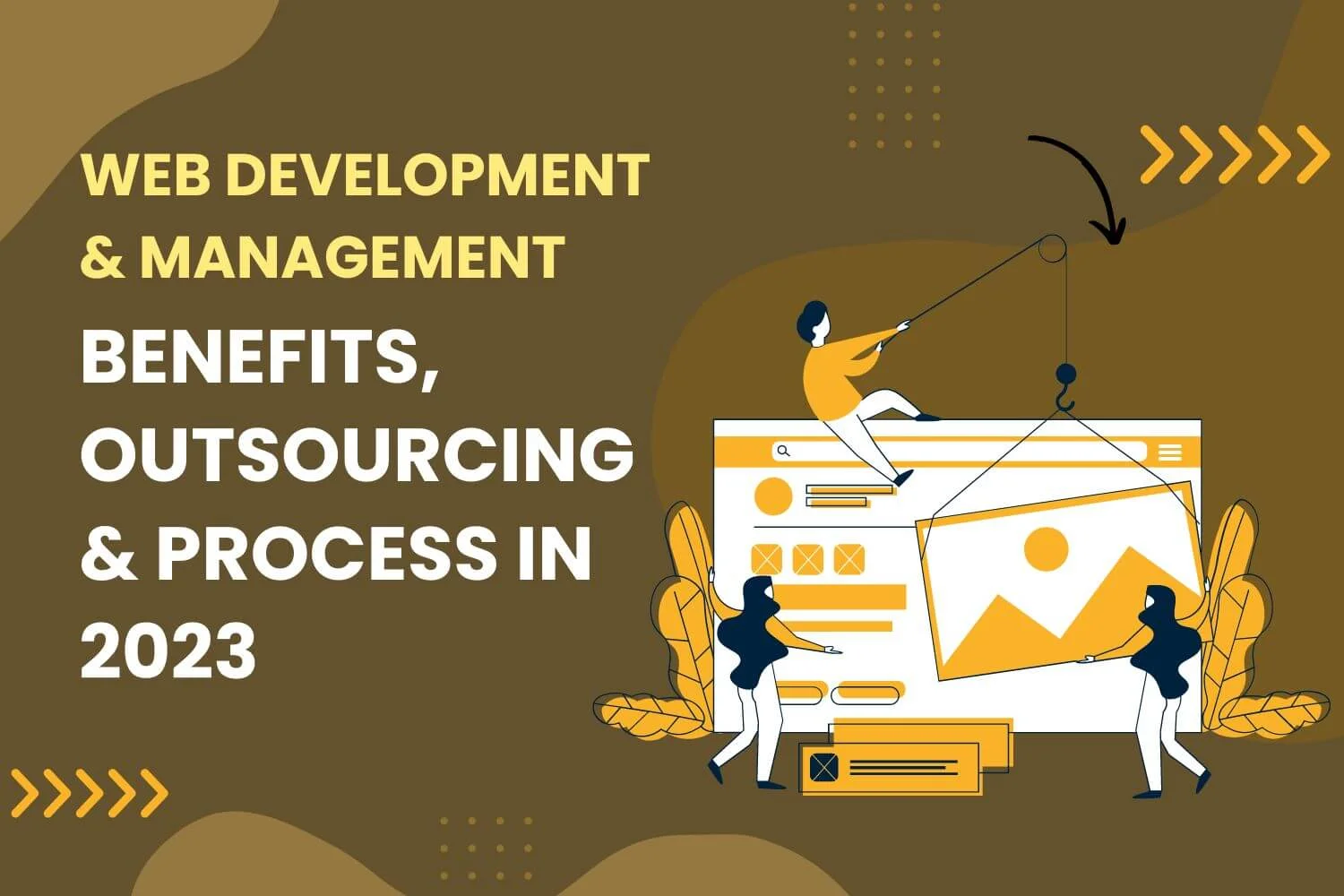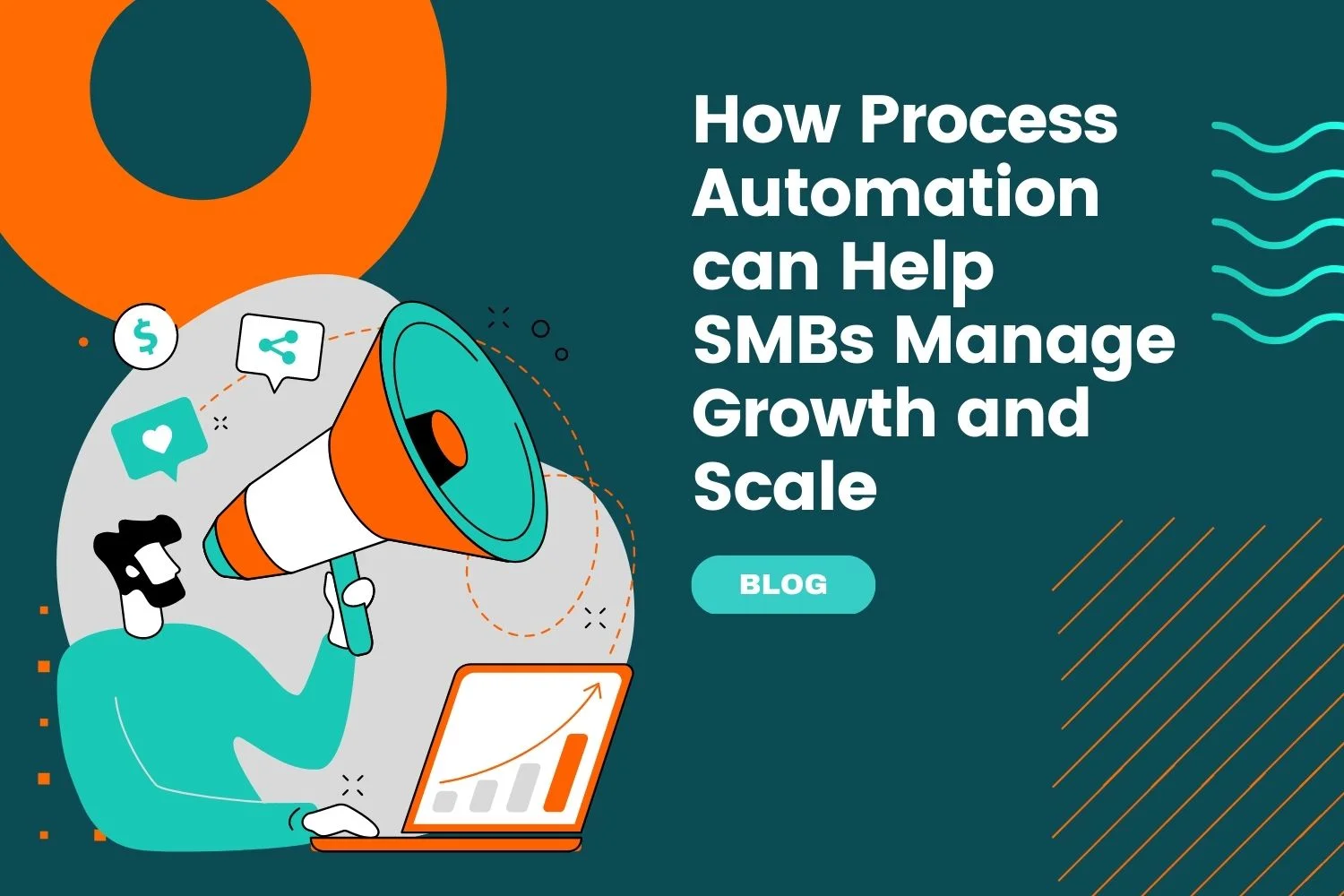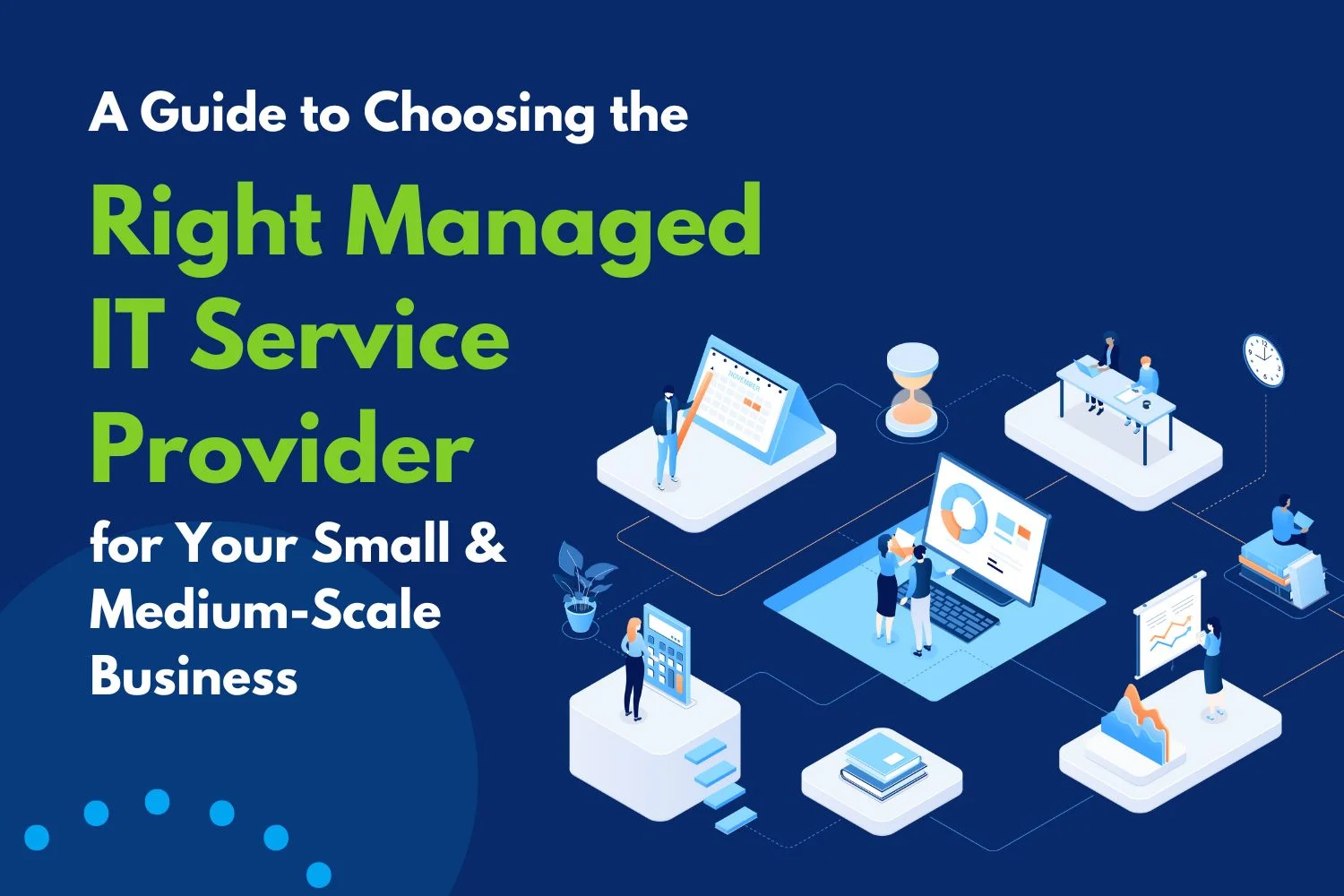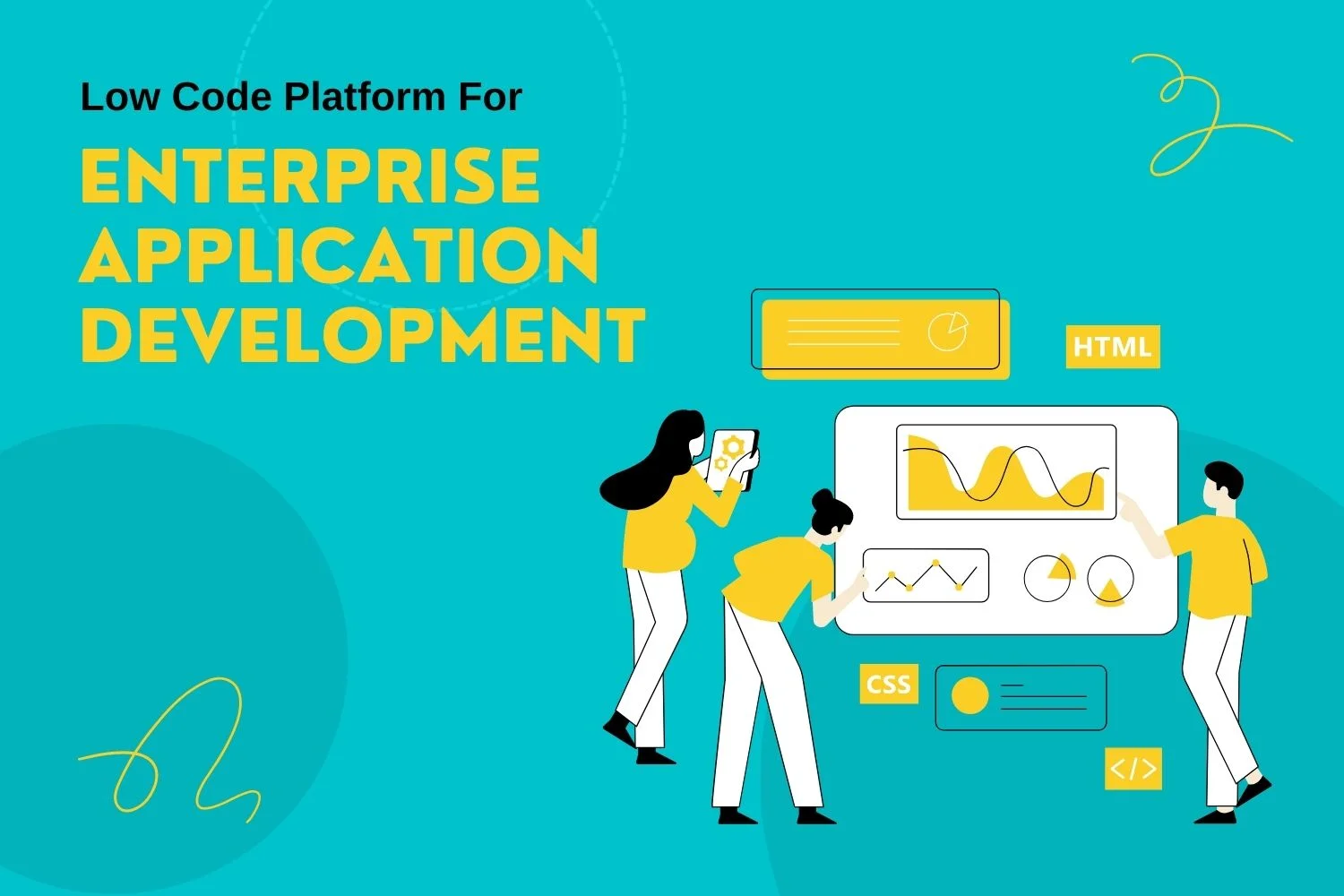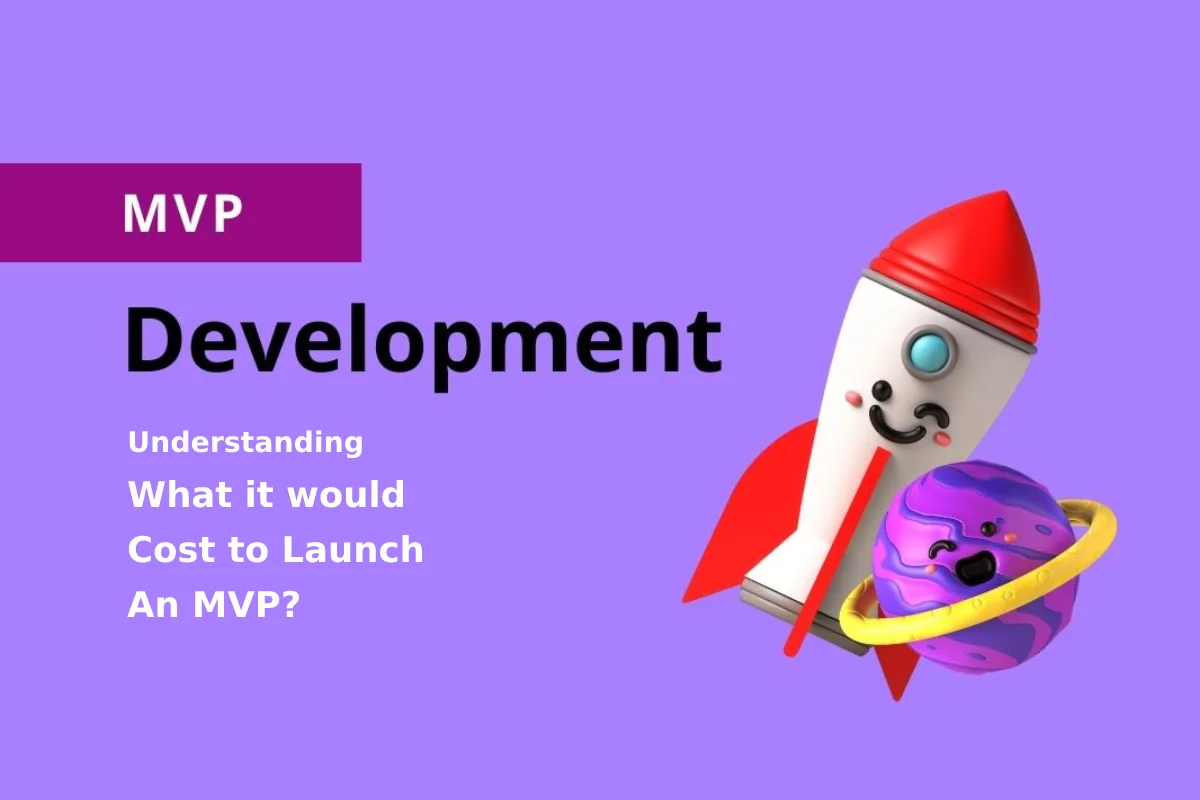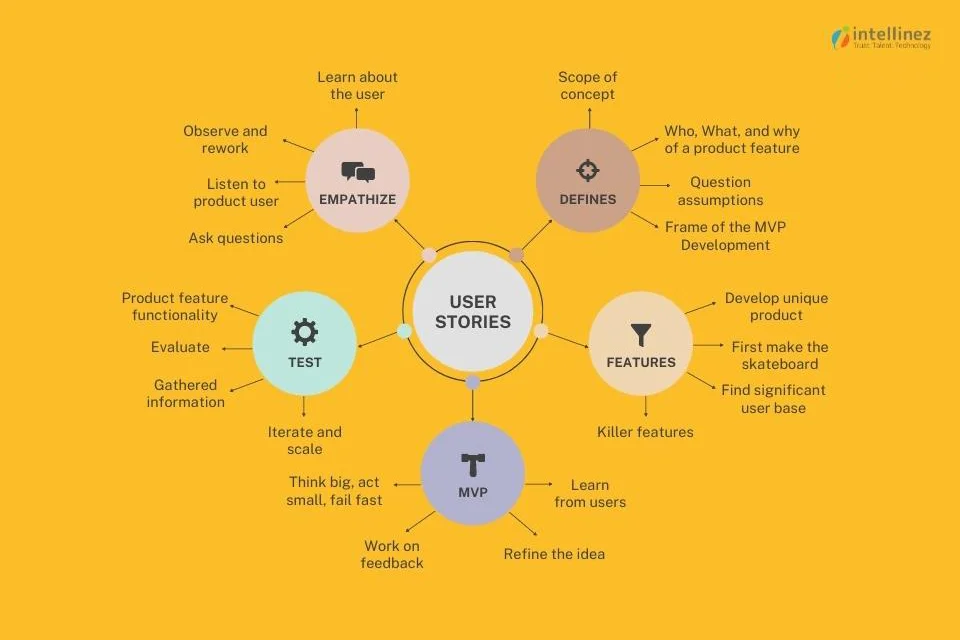- 10 Business Intelligence Mistakes To Avoid During Implementation
- Lack Of Clear Objectives
- Insufficient Data Quality
- Poor Data Integration
- Overlooking User Requirements
- Inadequate User Training
- Complex And Overwhelming Reports
- Ignoring Data Security And Governance
- Lack Of Executive Sponsorship
- Not Adapting To Changing Needs
- Lack Of Continuous Improvement
Business Intelligence (BI) has become a critical component of modern-day enterprises, empowering organizations to make informed decisions based on data insights. However, implementing BI is not without its challenges, and many companies make avoidable mistakes that hinder their success. In this blog, we will discuss the ten most common mistakes to avoid while implementing business intelligence, with a specific focus on data analytics implementation. By learning from these pitfalls, organizations can maximize the value of their BI initiatives and achieve long-term success.
10 Business Intelligence Mistakes to Avoid During Implementation
1. Lack of Clear Objectives
One of the most common mistakes organizations make is diving into BI implementation without clear objectives. While it’s tempting to jump right into data analysis and visualization, without a well-defined purpose, it becomes difficult to align BI initiatives with business goals. Before starting any implementation, it is essential to identify key objectives, such as improving operational efficiency, enhancing customer satisfaction, increasing revenue, or optimizing supply chain management. Clear objectives help focus efforts and ensure that the implemented BI solution delivers tangible benefits.
To illustrate, let’s consider a retail company that wants to implement BI to improve its inventory management. By setting a clear objective of reducing inventory holding costs by 20% within the next six months, the company can align its BI efforts with a specific target, enabling them to track progress and measure the success of their implementation.
2. Insufficient Data Quality
Implementing BI without ensuring data quality can lead to erroneous insights and misguided decision-making. Inaccurate, incomplete, or inconsistent data can severely impact the effectiveness of a BI system. As per a Gartner survey, Poor data quality costs organizations an average of $15 million annually, yet nearly 60% of respondents are unaware of their businesses’ expenses due to a lack of measurement.
To avoid this mistake, organizations must invest in data governance practices, establish data quality standards, and implement data cleansing and validation processes. Data quality assessment is crucial to maintaining the integrity of your BI system.
Data quality can be enhanced by employing data profiling techniques to identify and rectify data inconsistencies, conducting data lineage analysis to track data sources, and implementing data validation routines during the ETL (Extract, Transform, Load) process. By prioritising data quality, organisations can have confidence in the accuracy and reliability of the insights generated by their BI system.
We understand the significance of data quality, and our Data Quality Analysis services ensure that your data is accurate, consistent, and reliable, enhancing the reliability of your analytics outputs. Intellinez Systems’ Data Visualization expertise transforms complex data into intuitive visual representations, enabling you to grasp patterns, trends, and outliers at a glance.
3. Poor Data Integration
BI thrives on data integration from multiple sources. However, organizations often struggle with integrating data from disparate systems, leading to incomplete or fragmented insights. It is crucial to plan for data integration during the initial stages of implementation. Utilize appropriate tools and technologies to extract, transform, and load data from various sources.
Data integration can be facilitated through the use of Extract, Transform, Load (ETL) tools or data integration platforms that provide connectors to various data sources. Additionally, organizations can explore the use of data virtualization techniques to integrate data in real-time without the need for physical consolidation. A robust data integration strategy ensures that all relevant data is available for analysis, resulting in comprehensive insights.
For example, a healthcare organization implementing BI might need to integrate data from electronic health records, patient satisfaction surveys, and financial systems. By leveraging data integration techniques and tools, they can merge these disparate data sources to gain a holistic view of patient care and identify opportunities for improvement.
Through its Enterprise Data Warehousing solutions, Intellnez Systems enables you to centralise and integrate your data from various sources, facilitating seamless analysis and reporting. Our proficiency in Big Data and Machine Learning equips you with advanced capabilities to extract valuable insights from vast and complex datasets, unlocking new opportunities for growth and innovation.
4. Overlooking User Requirements
Failing to understand and address user requirements is a major mistake that can hinder BI adoption and success. Users are the primary consumers of BI insights, and their involvement throughout the implementation process is vital for building a user-friendly and effective BI solution. Conduct interviews, surveys, and workshops to gather user requirements, and involve them in design reviews and testing.
By incorporating user feedback, organizations can create a BI solution that meets their specific needs and encourages user adoption. For instance, if the marketing team requires real-time dashboards to monitor campaign performance, it is crucial to involve them in the design process and incorporate their input to ensure the BI solution aligns with their needs.
5. Inadequate User Training
Even with a powerful BI solution in place, its value can be diminished if users lack the necessary skills to leverage its capabilities. Organisations often overlook the importance of providing comprehensive training to users. According to Accenture, inadequate data skills impede productivity, with 74% of workers feeling overwhelmed or unhappy while handling data despite its greater accessibility.
Invest in training programs that cover not only the technical aspects of the BI system but also focus on data interpretation, report generation, and analysis techniques. Regular training sessions and support ensure users are confident and competent in utilising the BI system effectively.
Training should be tailored to different user roles, catering to the needs of executives, analysts, and operational staff. It can take various forms, such as classroom-style training, online tutorials, or workshops. Providing ongoing training and support ensures users are equipped with the knowledge and skills required to make informed decisions based on the insights generated by the BI system.
6. Complex and Overwhelming Reports
Another mistake organizations make is inundating users with complex and overwhelming reports. While it’s important to provide comprehensive insights, bombarding users with excessive data, charts, or irrelevant information can hinder their ability to extract meaningful insights efficiently. Focus on presenting key metrics and actionable insights that enable users to make informed decisions quickly and concisely.
To achieve this, reports should be designed with simplicity in mind. Avoid cluttering reports with unnecessary data points, and leverage visualisations to present information in a visually appealing and easy-to-understand manner. Furthermore, tailor reports to specific user roles and responsibilities, ensuring that each user receives the information that is relevant to their job function.
7. Ignoring Data Security and Governance
Data security and governance are critical considerations in any BI implementation. Neglecting these aspects can lead to data breaches, compliance issues, and loss of trust. According to the USGS, companies can lose 15% to 25% of their operating budget due to poor data quality, redundancy, and data loss.
Implement robust security measures, including role-based access control, data encryption, and regular security audits. Establish data governance policies to ensure data integrity, privacy, and compliance with relevant regulations.
By incorporating data security and governance practices, organisations can instil confidence in users and protect sensitive business information. This includes defining clear data access privileges, implementing data masking techniques to anonymize personally identifiable information (PII), and regularly reviewing user access logs to detect and address any potential security vulnerabilities.
8. Lack of Executive Sponsorship
BI implementations often fail due to the lack of executive sponsorship and support. Without executive buy-in, it becomes challenging to allocate resources, overcome organisational resistance, and drive adoption across the enterprise. Secure executive sponsorship from the outset to ensure adequate funding, resource allocation, and the necessary authority to implement necessary changes.
Executive involvement also helps in breaking down silos and fostering a data-driven culture throughout the organization. Executives should champion the BI initiative, communicate its benefits to the entire organization, and lead by example in utilizing BI insights to drive decision-making.
9. Not Adapting to Changing Needs
Businesses evolve, and so should BI implementations. Failing to adapt to changing business needs and technological advancements can render a BI solution outdated and irrelevant. Regularly review and reassess the effectiveness of your BI system, seek feedback from users, and identify areas for improvement.
Stay abreast of emerging trends, technologies, and best practices to ensure your BI implementation remains agile and continues to deliver value over time. For example, organizations can explore the use of advanced analytics techniques such as machine learning and predictive modeling to derive deeper insights and gain a competitive edge.
10. Lack of Continuous Improvement
Finally, organizations often make the mistake of considering BI implementation as a one-time project rather than an ongoing process. BI systems require continuous improvement to stay relevant and effective. Establish a feedback loop with users, monitor key performance indicators, and regularly evaluate the impact of BI on business outcomes.
Actively seek opportunities to enhance the system, explore advanced analytics capabilities, and leverage emerging technologies such as AI and machine learning to extract deeper insights and gain a competitive edge. Continuous improvement ensures that the BI solution evolves alongside the organization’s changing needs and provides ongoing value.
Conclusion
Avoid these ten business intelligence implementation mistakes: unclear objectives, poor data quality, insufficient integration, overlooking user requirements, lack of user training, complex reports, data security neglect, lack of executive sponsorship, failure to adapt, and lack of continuous improvement. Successful BI enables data-driven decision-making, enhances efficiency, and ensures long-term success. Learn from these mistakes to leverage the power of business intelligence for valuable insights and achievements.
Empower Your Business Intelligence Implementation With Intellinez Systems
Intellinez Systems empowers your organisation with the transformative capabilities of analytics and business intelligence. Our comprehensive range of services includes Data Advisory, Data Governance, Enterprise Data Warehousing, Big Data, Machine Learning, Data Quality Analysis, Data Visualization, and Database Automation.
Soumya Mishra
Technology Leader proficient in engineering and execution of enterprise-level IT projects and providing support services on the same. Possesses the ability to set functional and technical strategies, converting them to an achievable plan of action, and driving them to realize and achieve customer success. Passionate leader believing in leading by example, possessing strong problem-solving skills and a can-do attitude. Adept at handling cross-functional teams across the globe and motivating them to achieve outstanding and sustainable results to meet organizational goals and objectives! Guiding Quote – “Every job is a self-portrait of the person who did it, Autograph your work with excellence”
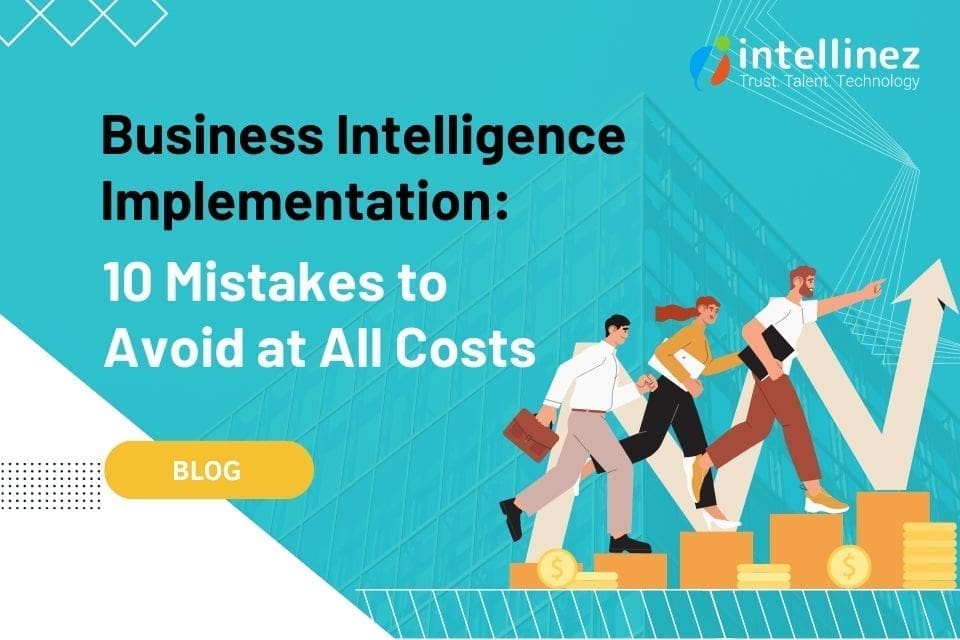




































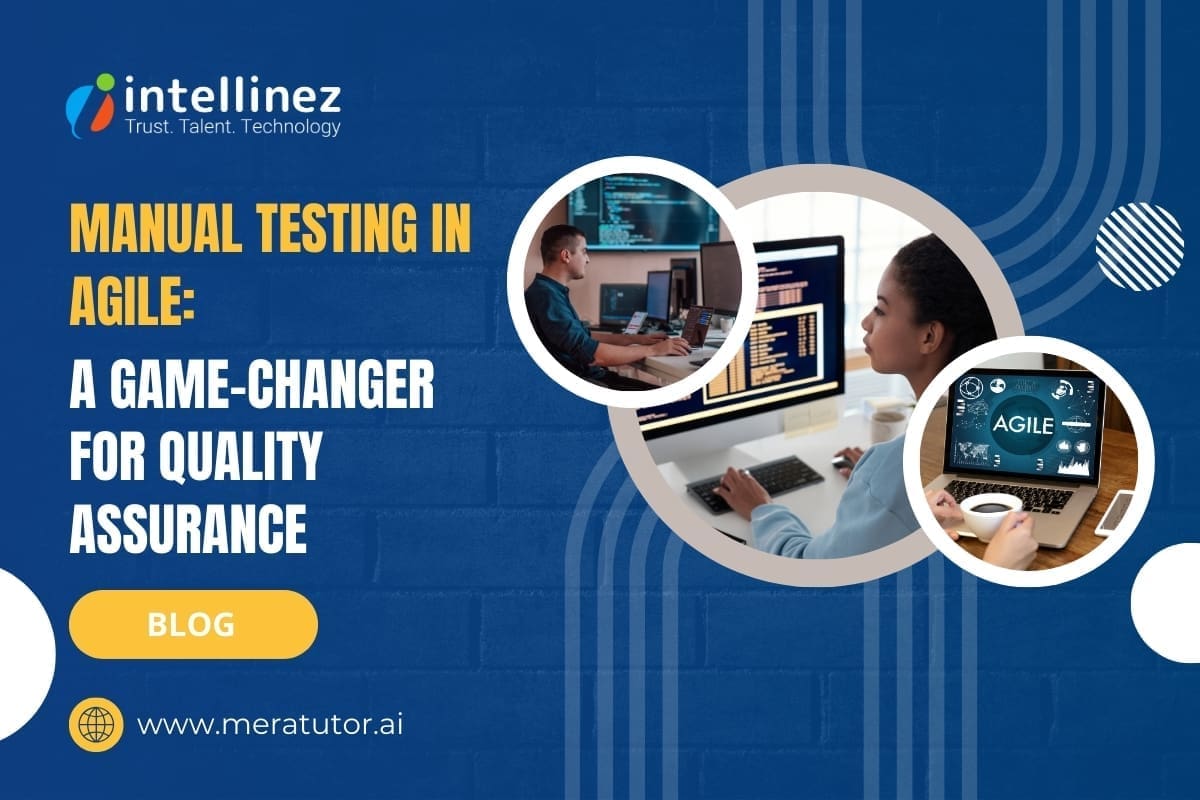




![A Comprehensive Guide to AWS SaaS Architecture [Diagram Included] 87 Aws SaaS Architecture](http://www.intellinez.com/wp-content/uploads/2024/08/Title-image.jpg)










